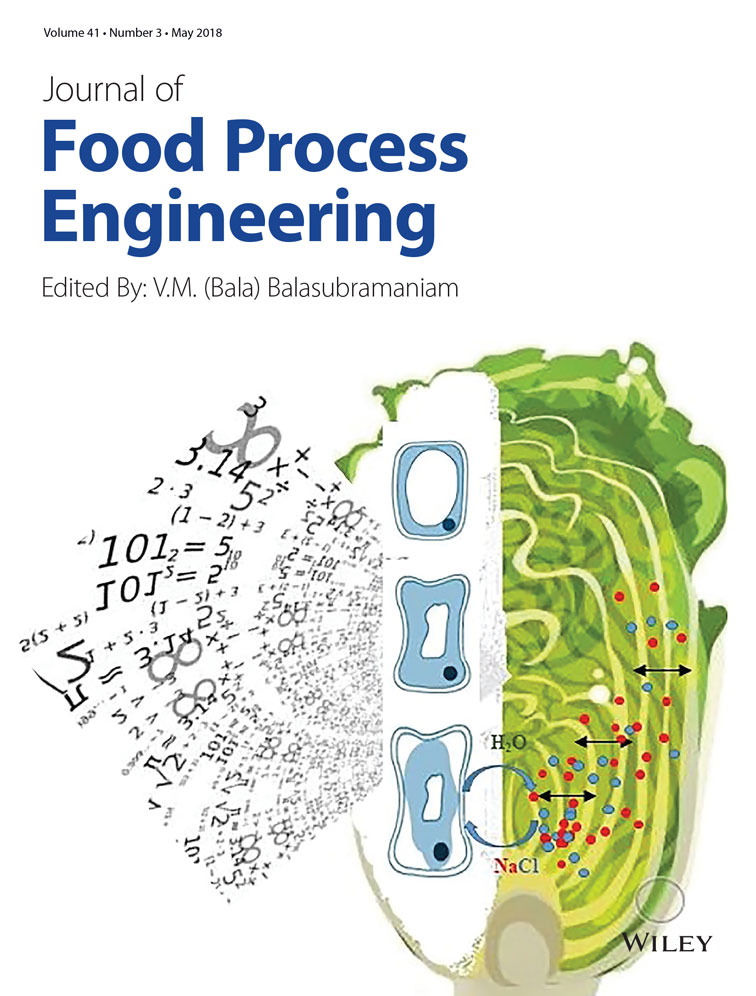The impact of different heating temperatures on physicochemical, color attributes, and antioxidant activity parameters of Greek honeys
Abstract
The objective of the present study was to investigate the impact of different heating temperatures (40 °C, 45 °C, and 80 °C) on specific physicochemical, color attributes, and antioxidant activity parameters of honeys collected from different geographical and botanical origins, served as the control samples. Physicochemical parameters taken into account were: pH, electrical conductivity, free acidity (FA), and CIE color parameters (L*, a*, b*). The antioxidant activity was estimated using the 2,2-diphenyl-1-picrylhydrazyl (DPPH) assay. Finally, total pigment content and browning index values were estimated using spectrometric assays. Results showed that the majority of the investigated parameters were affected by heating temperatures, compared to control samples (p < .05). Based primarily on the color stability of thermally treated samples, mild heating of honey at temperatures between 40 °C and 45 °C was found suitable for increasing its overall antioxidant activity. Conclusively, mild thermal treatment is proposed as an innovative technology for increasing honey antioxidant properties.
Practical Applications
The present research highlights the possible beneficial use of specific heating temperatures on the improvement of physicochemical properties related to unifloral honeys. Data may be implemented in both: market and home-made applications with the preparation of some soft drinks or beverages, bread breakfast, honey crackers, honey bars, honey chocolates, etc. containing an amount of honey which is thermally pre-treated in mild temperatures.
CONFLICT OF INTEREST
None.




